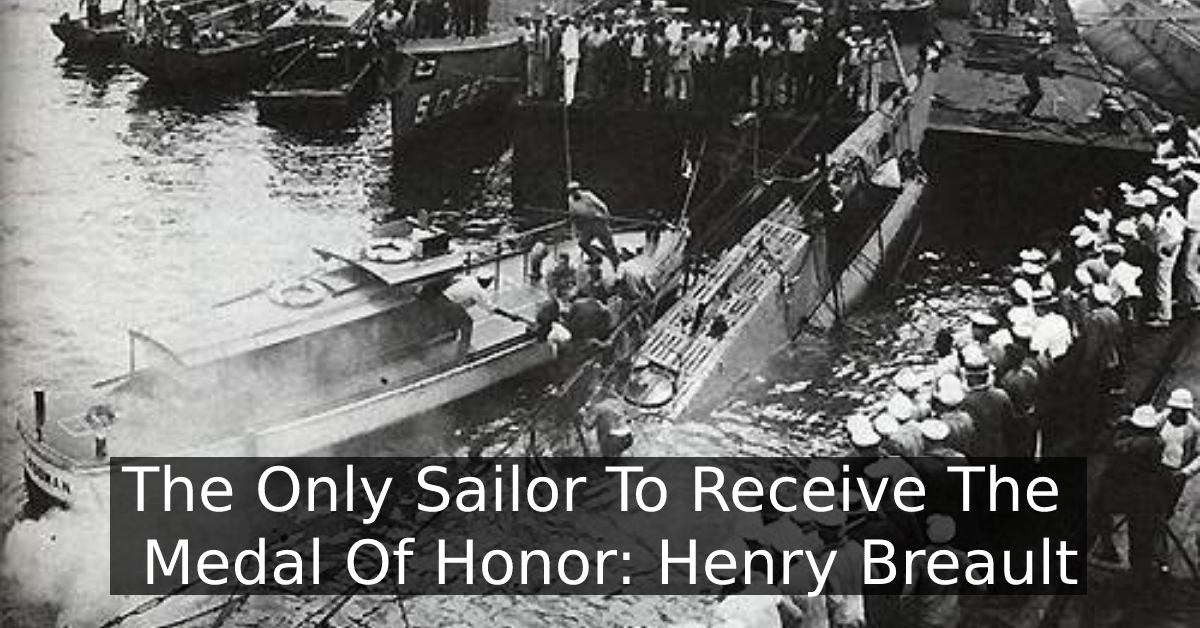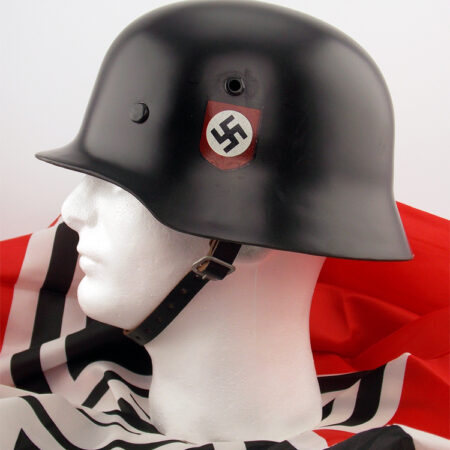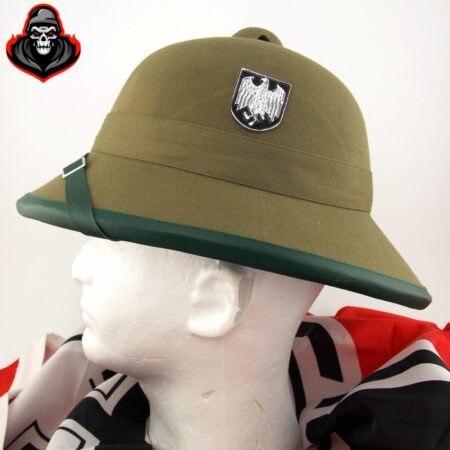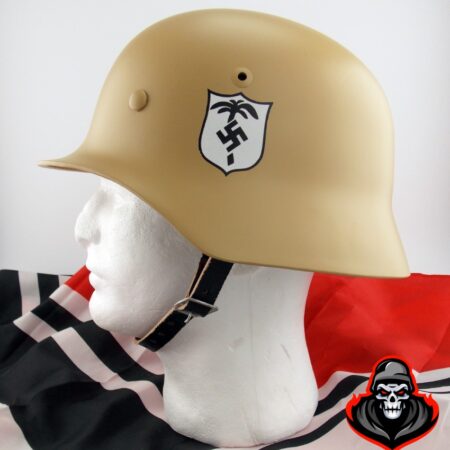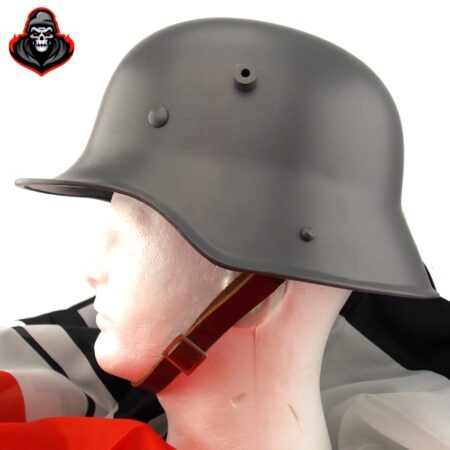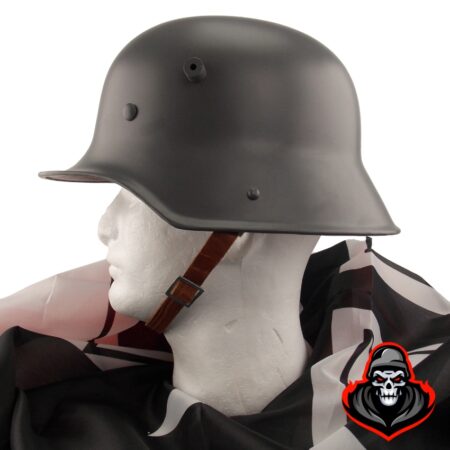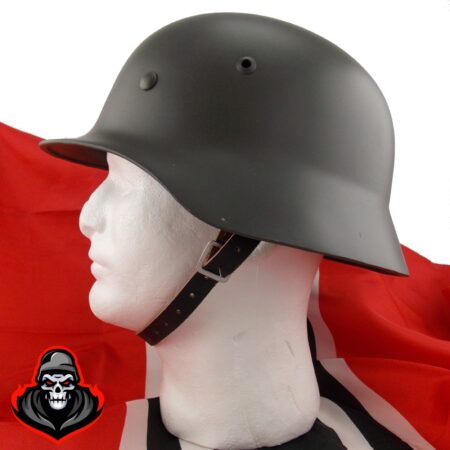On the morning of October 14th, 1900, in the outskirts of Putnam, Connecticut, a young Henry Breault was born. A man who would come to gain great fame until his untimely death in 1941 at the age of 41. He is famous and widely known as the first and only submariner who has ever been awarded the Medal of Honor for his actions while aboard the USS O-5 (SS-66), a United States submarine.
At the age of sixteen, he enlisted to serve in the British Royal Navy during World War I where he served under the White Ensign for the next four years that followed. It was after that when he joined the U.S Navy.
On October 28th, 1923, the USS O-5 was involved in a collision in the Panama Canal and was sunk. At the time, Breault was among the sailors in the submarine and was a Torpedoman Second Class man. Once the submarine began to sink, Breault could have escaped to save himself. Instead, he chose to remain behind and help a shipmate, Chief Electrician’s Mate Lawrence T. Brown. They remained in the sunken submarine for more than a day later when they got rescued. Because of his actions, which were described as heroism and devotion to duty, Breault was awarded the Medal of Honor. The recognition and the Medal of Honor itself was awarded to him by President Calvin Coolidge on March 8th, 1924 at the White House in Washington D.C.
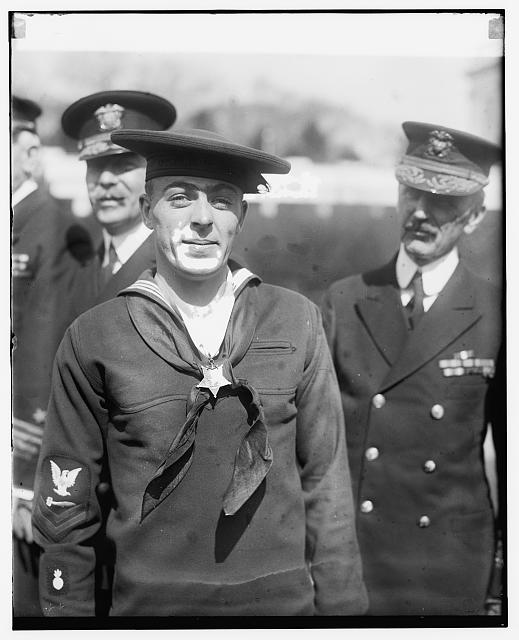
Under the command of Commander Submarine Force, called Coco Solo, and while operating together with other units of the U.S. Atlantic Fleet, the USS O-5 was in operation on October 28th, 1923. At 0630 hrs, it was leading several submarines under the command of Lieutenant Harrison Avery. These other submarines included: O-3 (SS-64), O-5, O-8 (SS-69) and O-6 (SS-67). The fleet was going towards the entrance to the Panama Canal across Limon Bay. Also at the same time, a steamship captained by Master W.A. Card and owned by the United Fruit Company was going towards Dock No.6 t Cristobal. This steamship was known as SS Abangarez. Because of poor communication and errors in navigation, the SS Abangarez collided with O-5 and hit the submarine on its starboard side. This then opened a big hole up to a point where it penetrated the main ballast tank of the submarine. After the collision, the submarine rolled very sharply to port. It then rolled back to starboard and took a dive with its bow first to 13m (about 43 feet) of water.
The rescuing ships found eight survivors on the O-5 with one of the survivors being the commanding officer. For him to be rescued, the commanding officer is said to either have climbed quickly through the conning water hatch or having been on the topside. The other ships and also tugs also rescued several other people. After the O-5 sank, eight minutes later, C.R. Butler who was the Chief Machinist’s Mate surfaced in an air bubble. After the rescue efforts had ended, 16 crewmen were found to have been rescued. Those who were missing were five and included Torpedoman’s Mate Second Class Henry Breault, The Chief Electrician’s Mate Lawrence T. Brown and three others.
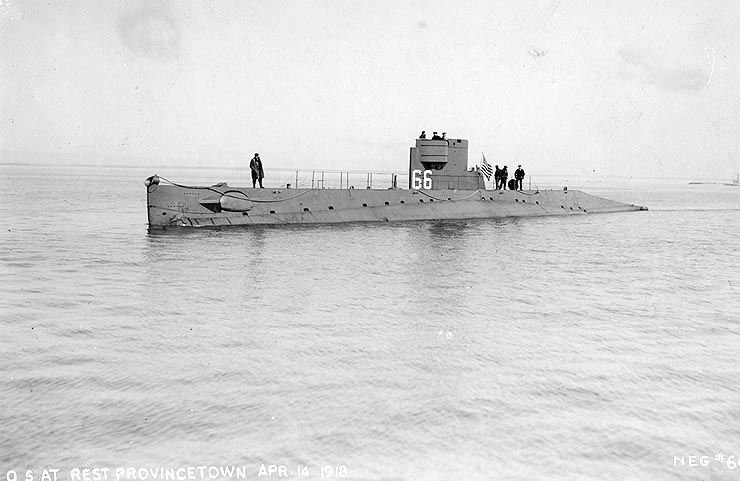
When the collision happened, Henry Breault was working in the torpedo room. He then headed up the ladder topside. Midway up as he was almost on the main deck, he realized the Chief Brown was still asleep below deck. He did not go over the side, instead he went back below in order to get Brown. He shut the deck hatch over his head as the bow was going under. He found Brown awake although he did not know of the order to abandon the ship. They then both headed to the exit. However, water was coming into the Forward Battery compartment and made it impossible to use that route to escape. After a lot of struggle, they finally made it to the torpedo room through the rising water. They had just dogged and shut the door when a short circuit happened in the battery and it exploded. At this point, they both knew that the bow was under and they were trapped.
Rescue efforts started immediately. Several divers from the Submarine Force Coco Solo were sent down right away. They went to the bottom to examine the wreck by hammering on the hull at the end of the ship and then working forward from there. Once they got to the torpedo room, they heard the sailors answering them back with hammer blows from inside the submarie.
Within 2000 miles of the site, there were no pontoons. Luckily, Hercules and Ajax, which were among the largest crane barges in the world, were in the Canal.
The divers started working briskly so that they could tunnel under O-5’s bow for the lifting cable to be ran quickly. Ajax got there by midnight and had dug the cable tunnel by morning. The cable was run and they attempted the lift. As they lifted, the cables broke. Sheppard J. Shreaves who was the supervisor and his crew did another cable and this also broke. Buoyancy was then added by blowing water out of the flooded engine room and another lift attempted. Just after noon, the crane Ajax was able to list the bow out of the water. The rescuers then opened the torpedo room hatch and both Henry Breault and Lawrence T. Brown emerged. They were trapped for 31 hours hours in total.
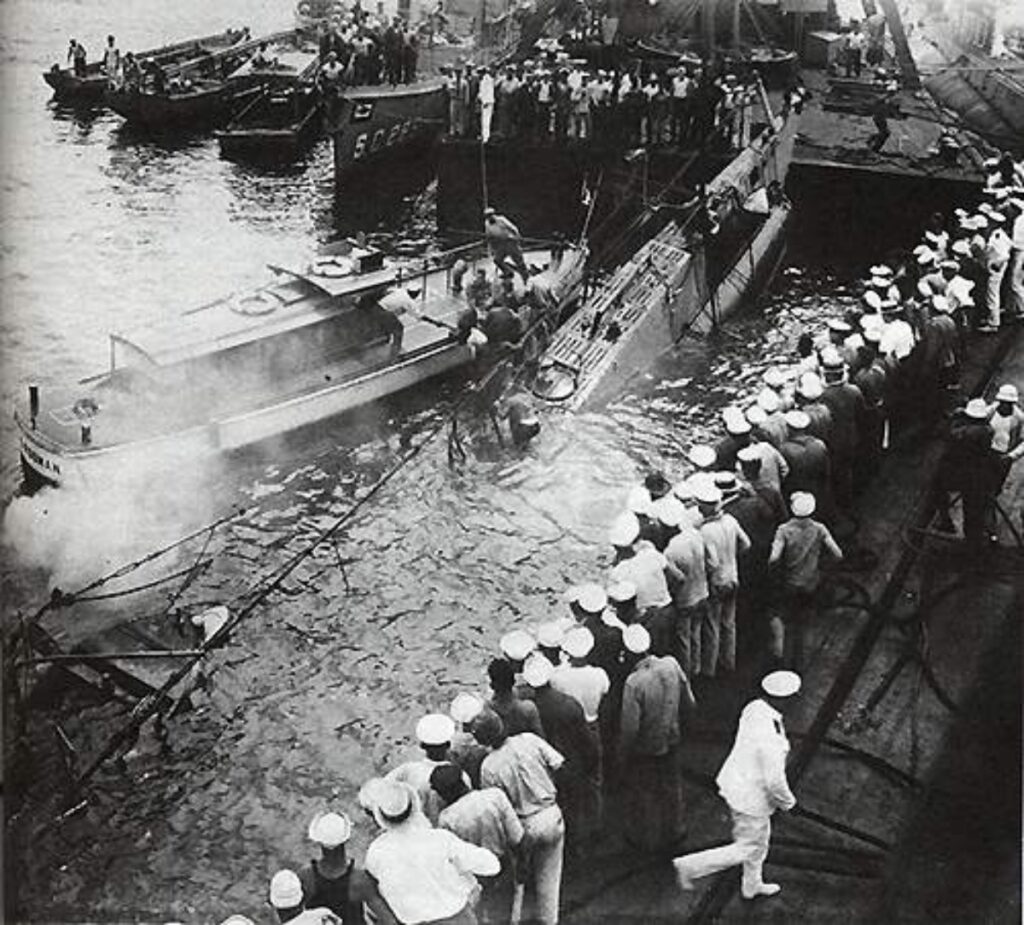
Breault served in the U.S Navy Service for the next twenty years. In 1941, he got ill following a heart condition and then died in Newport, Rhode Island at the Naval Hospital on December 5th, 1941. He was 41 years old when he died. The death of Breault came just two days before the U.S was attacked at Pearl Harbor. Breault was buried at the Saint Mary Cemetery in his birthplace of Putnam, Connecticut.
References
En.wikipedia.org. 2021. Henry Breault – Wikipedia. [online] Available at: <https://en.wikipedia.org/wiki/Henry_Breault> [Accessed 31 March 2021].

